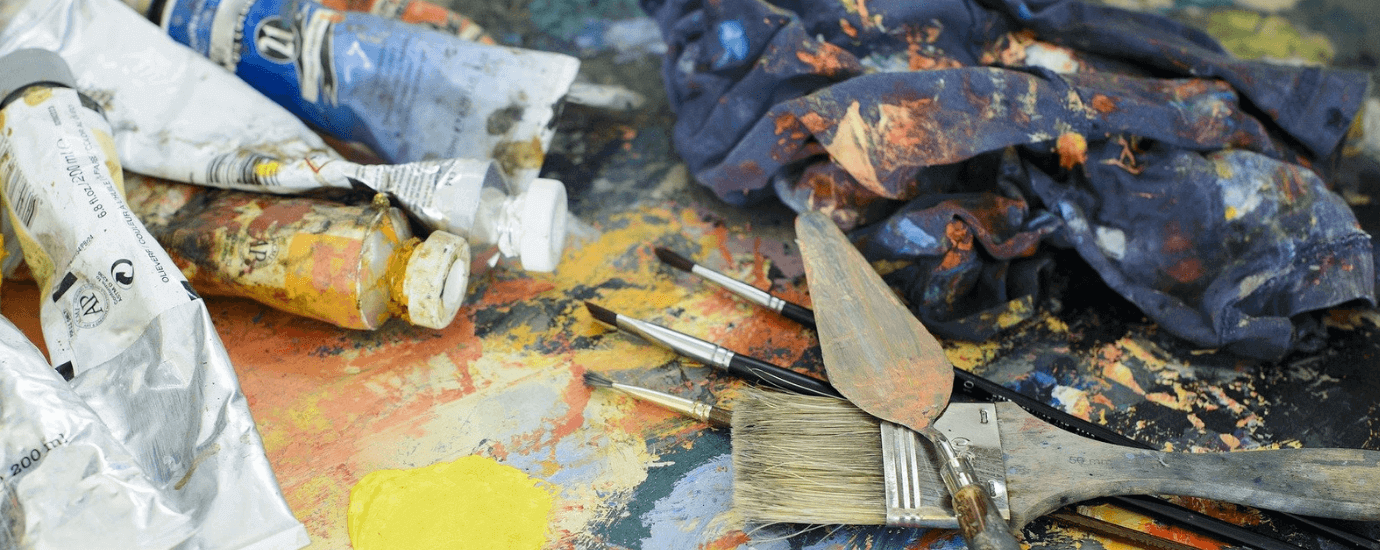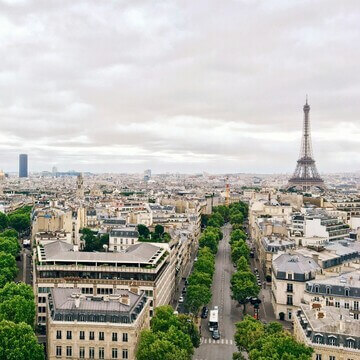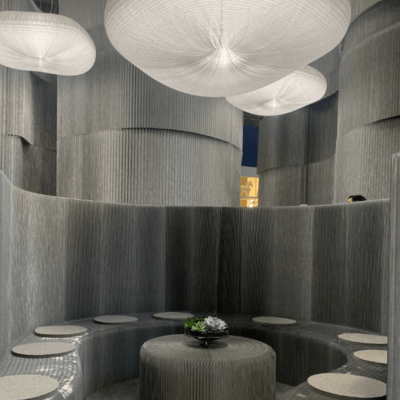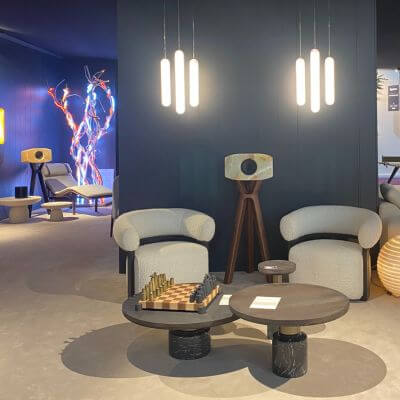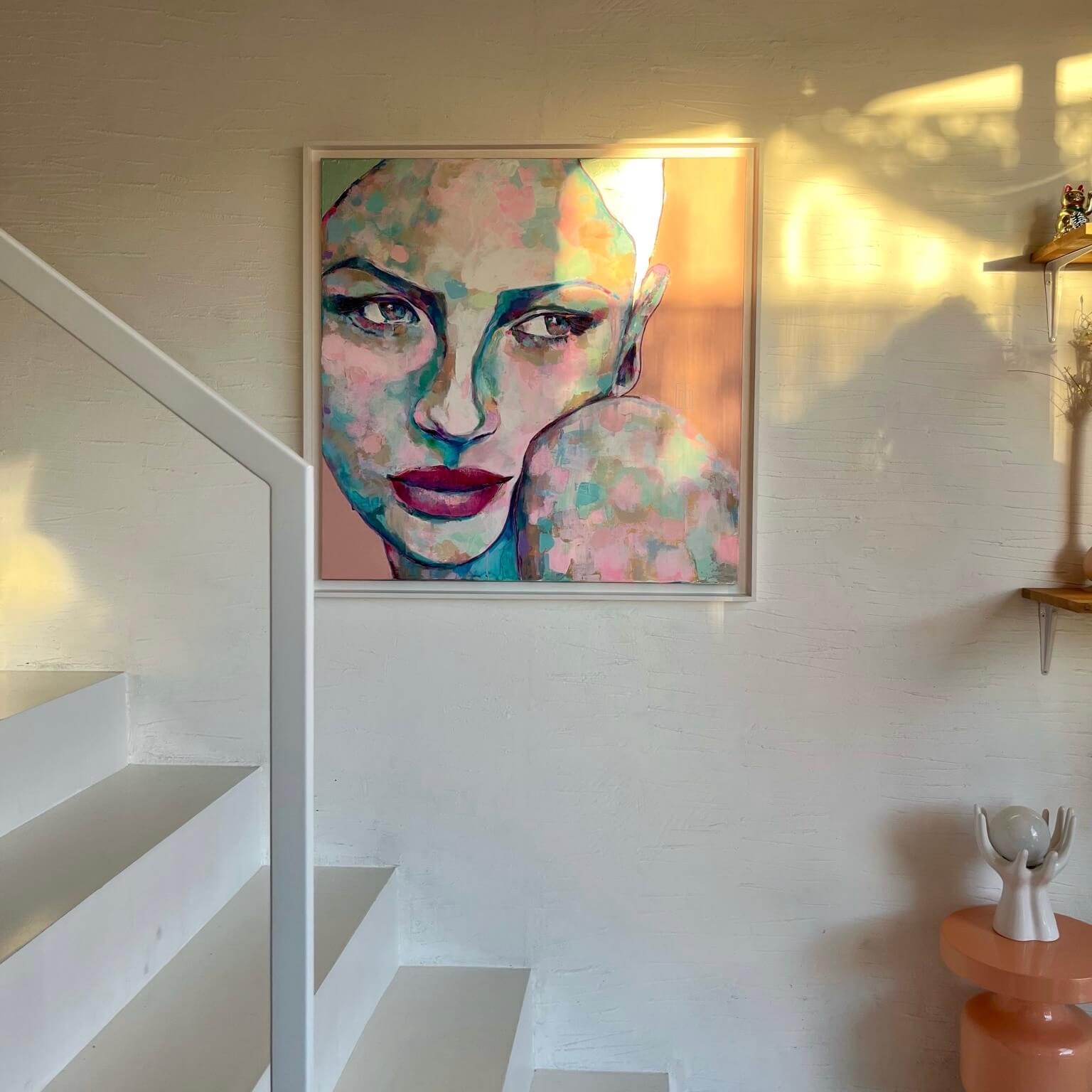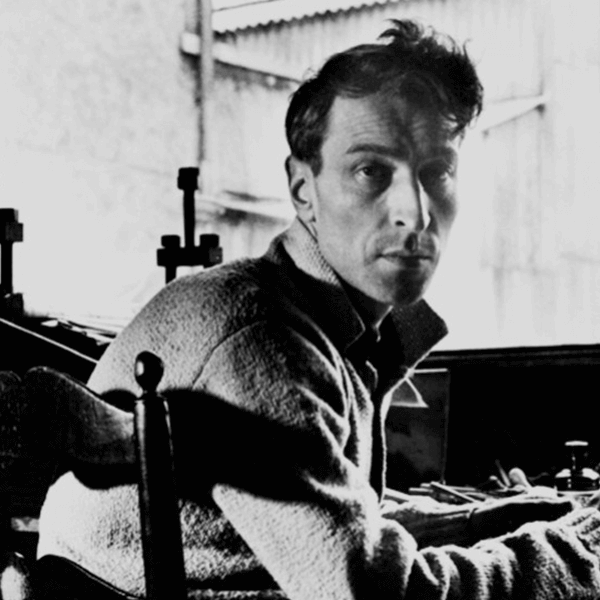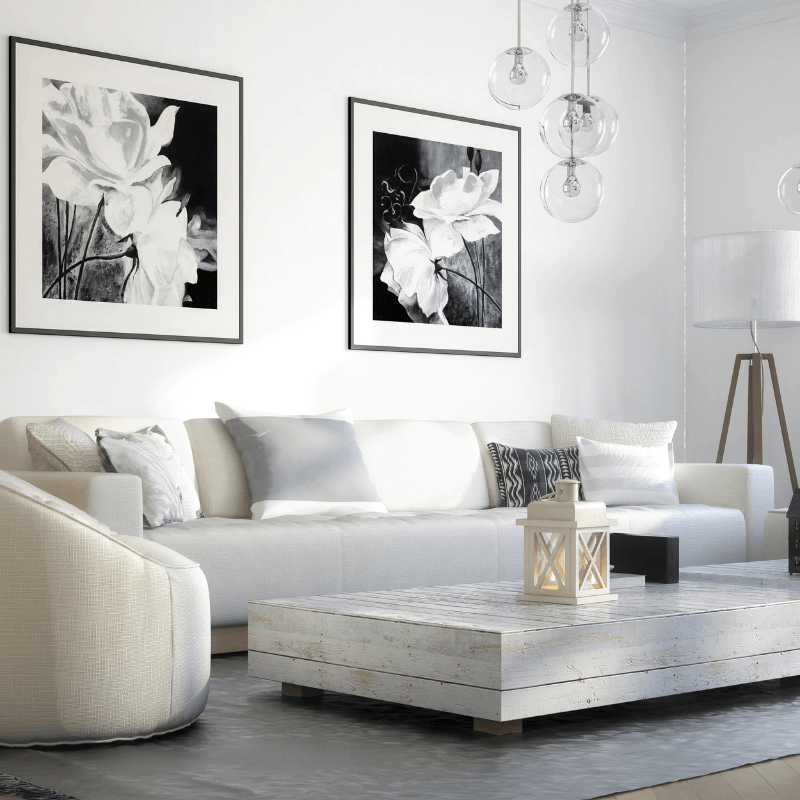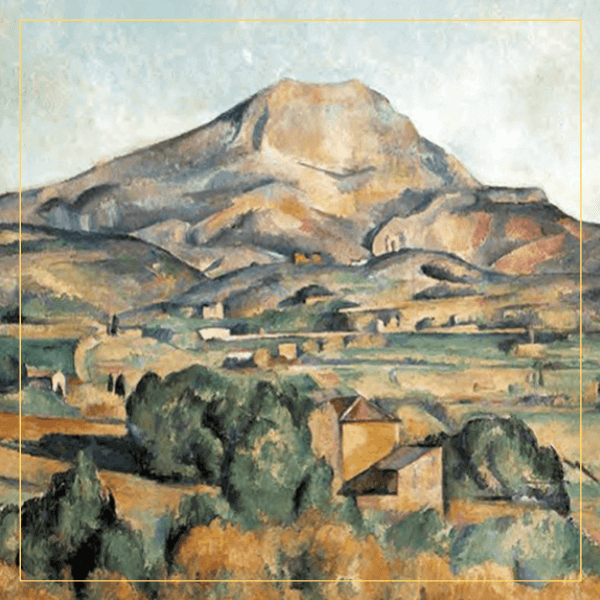When one looks closely, none of the paintings are completely smooth. There seems to be an oily and dry touch which triggers light volumes and engages light. Pierre Soulages encouraged this idea right at its peak, by conceptualizing Outrenoir, 1979 onward-he began using black paint to turn the canvas’s surface into a light emitter, which slides lines and ridges on contours. This is how he managed to shift attention: we don’t look at the patterns or the colors anymore, but purely and simply the clarity of the world, which reflects right before our eyes.
Others have played with painting in a more brutal manner: the Italian Lucio Fontana, whose paintings have traces of stabbings or Niki de Saint Phalle, who organized shooting sessions on white canvases. Alberto Burri played with natural painting craks, by making them look bigger and managed to highlight them in such a way that it made them look like a dry ground on a wall. Moreover, there are several artists who also favor sculptural ingredients while painting like Pablo Picasso, who used newspaper and a rope, right in the middle of his patterns-turning the genuine and daily aspect, into the actor of art.
Perhaps, nobody went as far as Cesar while demonstrating sculptural painting, with his Expansions in polyester which imitated shiny acrylic in a massive way, flowing from the ground. More insolent for sure, the American namely Richard Jackson and his bright colored installations: flipped and hung paintings, which the artist rubbed against the wall (like paintbrushes!) to smear painting. The circle is complete!
Laurence Moracchini, painting material
After having explored figurative art for a while, Laurence Moracchini also contemplated the surface of her canvas, as a springboard for thousands of experiments. The latter worked her backgrounds before anything, covering them with paint, scratching and playing with colorful lines of paint. Then, the abstract compositions emerged through the huge spatulas, covered with acrylic and mixed with marble dust. Laurence Moracchini enjoyed overlaying layers and textures, and worked on them with great craftsmanshop-while being attentive to the poetry of fate and random materials.

